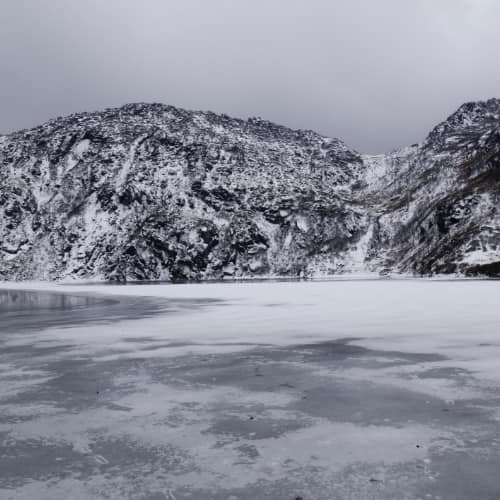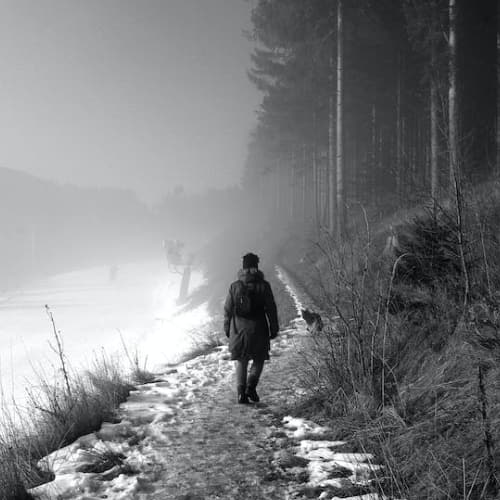Cold Weather Crisis: The Silent Threat Taking Lives Globally
While much attention is given to the rising global temperatures, there is another silent threat that claims lives around the world: the cold weather crisis. Surprisingly, cold weather takes a greater toll on human lives than hot weather.[1]
According to a study published in The Lancet, between 2000 and 2019, cold-related deaths numbered 4,594,098 globally, while heat-related deaths were 489,075. These figures challenge common assumptions as many might expect hot weather to pose a greater threat.[2]
Cold-related deaths disproportionately affect poorer and underdeveloped areas, but even affluent countries are not immune. In the United States, from 1979 to 2016,[3] an estimated 19,000 people died from cold-related causes, compared to 11,000 from heat-related causes.[4]
The regional distribution of cold-related deaths may surprise many. The aforementioned study highlights that both Eastern Europe and sub-Saharan Africa experienced cold-related deaths at twice the global average. Sub-Saharan Africa, often associated with a hot tropical climate, owes its high numbers to its mountainous regions. Elevation plays a significant role in the prevalence of cold-related deaths in Africa, where mountainous areas in the northeast, with elevations exceeding 10,000 feet, witness an alarming concentration of fatalities. As atmospheric temperature drops by 3.6 degrees Fahrenheit for every 1,000-foot rise in elevation, even regions known for their warmth can become deadly in cold weather. [5]
Tropical or subtropical climates, such as the highlands of Ethiopia or the Andes of Peru, have their share of cold-related deaths. This paradox can be explained by the thinner atmosphere at higher elevations, which rapidly dissipates heat compared to the denser air below. Consequently, nights in these mountainous regions become unbearably cold. Cold-related maladies occur not only due to inadequate heat in homes, but also when people venture outside.[6]
While homes in poorer areas often lack proper insulation, increasing the risk of cold-related ailments, the greater danger lies outside. Evidence suggests that most cold-related deaths occur outdoors. Even those who live in remote, rural areas, aware of the harsh conditions, equip their homes as best they can. For instance, households in rural Canada rely on wood for warmth, while in Ireland, traditional turf from local peat bogs is still in use. Mongolia relies on dung from livestock as a preferred heating fuel. However, these sources are of little help to those stranded outside in the cold.[7] A study conducted in New York City found that 75 percent of the people who died from the cold between 2005 and 2014 were exposed outdoors. Homelessness, though a significant factor, did not account for the majority of cases. Instead, many individuals simply stayed out in the cold for longer than was safe.[8]



Comments
Post a Comment